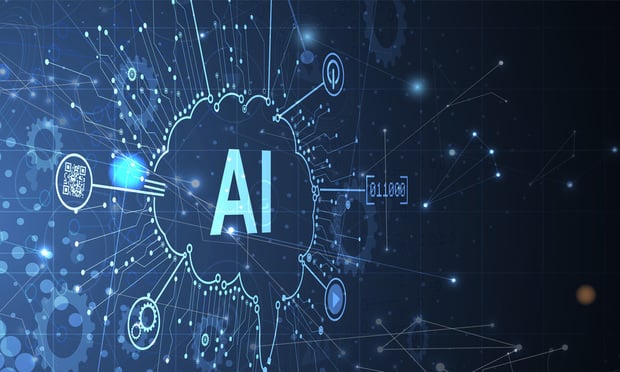Law.com Subscribers SAVE 30%
Call 855-808-4530 or email [email protected] to receive your discount on a new subscription.
Intellectual Asset M&A Due Diligence and Risk Management
In a typical corporate merger or acquisition, the associated intellectual assets exhibit several concurrent financial behaviors. On the balance sheet, intellectual assets behave like financial derivatives. On the asset side of the balance sheet, an intellectual asset creates the opportunity but not the obligation for an owner to capture above-average 'rents' from the sale of patented and/or branded goods and services ' a call option. An intellectual asset also creates the opportunity but not the obligation for an owner to assert patent rights against someone else, even if the owner is not using the rights otherwise ' a put option. On the liability side of the balance sheet, an intellectual asset holder may find himself targeted as a defendant where a host of incurred but not reported ('IBNR') historic events comprise a Pandora's box of expensive 'issues.' Hence, intellectual assets by their nature tend to generate volatile returns if the owner does not fully appreciate and manage associated risks.
Principles of Intellectual Asset Risk Management

New York's Latest Cybersecurity Commitment
On Aug. 9, 2023, Gov. Kathy Hochul introduced New York's inaugural comprehensive cybersecurity strategy. In sum, the plan aims to update government networks, bolster county-level digital defenses, and regulate critical infrastructure.

The DOJ's Corporate Enforcement Policy: One Year Later
The DOJ's Criminal Division issued three declinations since the issuance of the revised CEP a year ago. Review of these cases gives insight into DOJ's implementation of the new policy in practice.

How AI Has Affected PR
When we consider how the use of AI affects legal PR and communications, we have to look at it as an industrywide global phenomenon. A recent online conference provided an overview of the latest AI trends in public relations, and specifically, the impact of AI on communications. Here are some of the key points and takeaways from several of the speakers, who provided current best practices, tips, concerns and case studies.

CLE Shouldn't Be the Only Mandatory Training for Attorneys
Each stage of an attorney's career offers opportunities for a curriculum that addresses both the individual's and the firm's need to drive success.


